Moradabad/Rampur: It is a cold Tuesday morning in Paraspura village in Moradabad district of western Uttar Pradesh. Over 20 young men — all graduates and post-graduates — are playing cricket on a vast, dusty expanse of land that falls on the border between Moradabad and Rampur districts. Having finished their daily chores at home, the men, all in their mid-twenties and early thirties, have nothing to do for the rest of the day.
Jobless, uninspired and frustrated, they find an escape in playing their favourite sport, sometimes for hours, until it is time to go home for lunch.
Some of these young men lost their jobs in private companies a year or two after the Narendra Modi government announced demonetisation on 8 November 2016. Others, who graduated afterwards, never found jobs at all. Several who went to cities to work after doing engineering and MBA have had to return to their village in the last few years owing to the economic slowdown across the country.
“I did my MSc, but never found a job after that. Now, I just help my father on the field and pass time through the day,” says Arvind Chauhan.
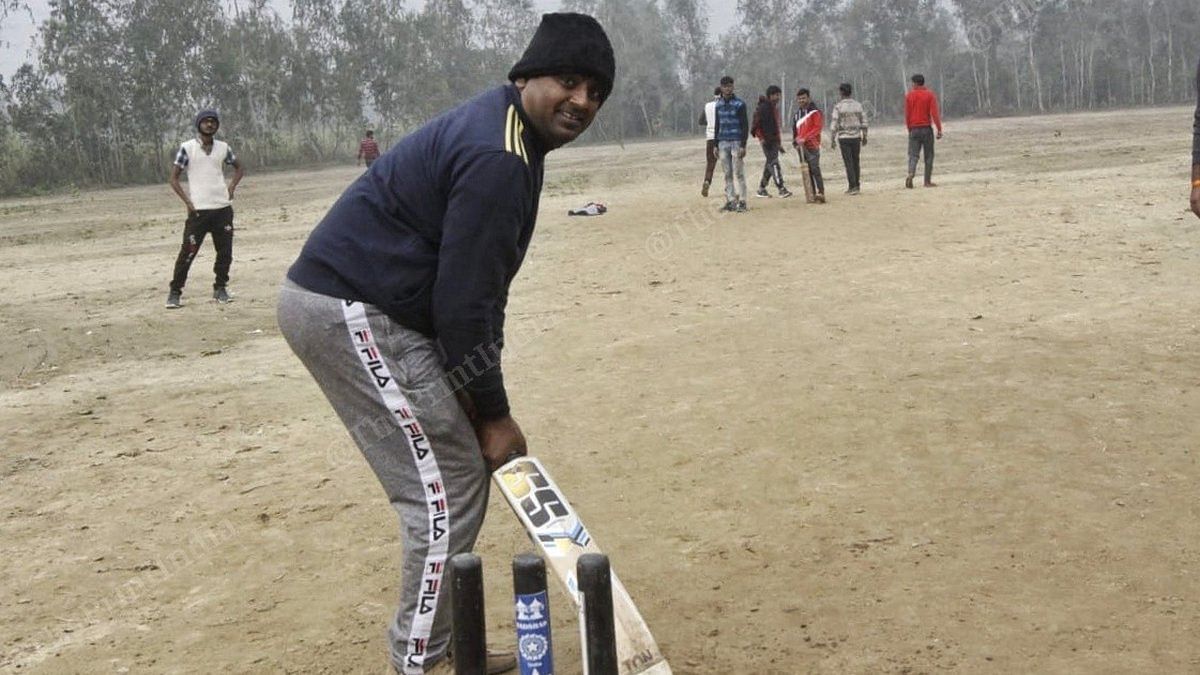
“My wife works in a school, and we have some land, so we manage alright… But there is nothing to do in the village for boys like me, who have studied, invested in education — there is no future to look forward to.”
This is the story of several young men in the villages of Uttar Pradesh, who are young and able, but unemployed. It reflects the biggest challenge for the Narendra Modi government — to provide jobs to India’s aspirational youth.
Also read: Here’s what we know for sure about jobs & unemployment under Modi govt
The worrying numbers
Data from the periodic labour force survey for the period July 2017 to June 2018 showed that unemployment recorded a 45-year high of 6.1 per cent in 2017-18, the year immediately after demonetisation. The note ban adversely impacted many small industries that made cash payments to workers, forcing many people to go back to villages and look for employment there.
More worryingly, the data shows that the unemployment rate for the age group 15-29 years was at 17.8 per cent across India in 2017-18, and nearly the same for men and women, raising questions of job creation in the Modi government’s tenure.
A sharp deceleration in growth is likely to further add to unemployment in India. The economy has been slowing down for six consecutive quarters starting April 2018, and touched a six-year low of 4.5 per cent in the quarter ended September 2019. The full year growth is also likely to come in at an 11-year low of 5 per cent.
The slowdown has been led by a sharp slowdown in labour-intensive sectors like manufacturing and construction, which has adversely impacted job creation.
Anecdotal evidence suggests that many manufacturing firms, including those in sectors like automobiles, have cut down on production and let go of many contractual workers.
The broken promise of education
For Shashank Tyagi, 27, who lives in Banaira village in Ghaziabad district, the experience has been one of humiliation and unfulfilled dreams. After doing his BBA and MBA, Tyagi went on to teach in some private institutes and work in companies like HCL — only to come back to buy buffaloes on loan and start dairy farming on a small scale in his village.
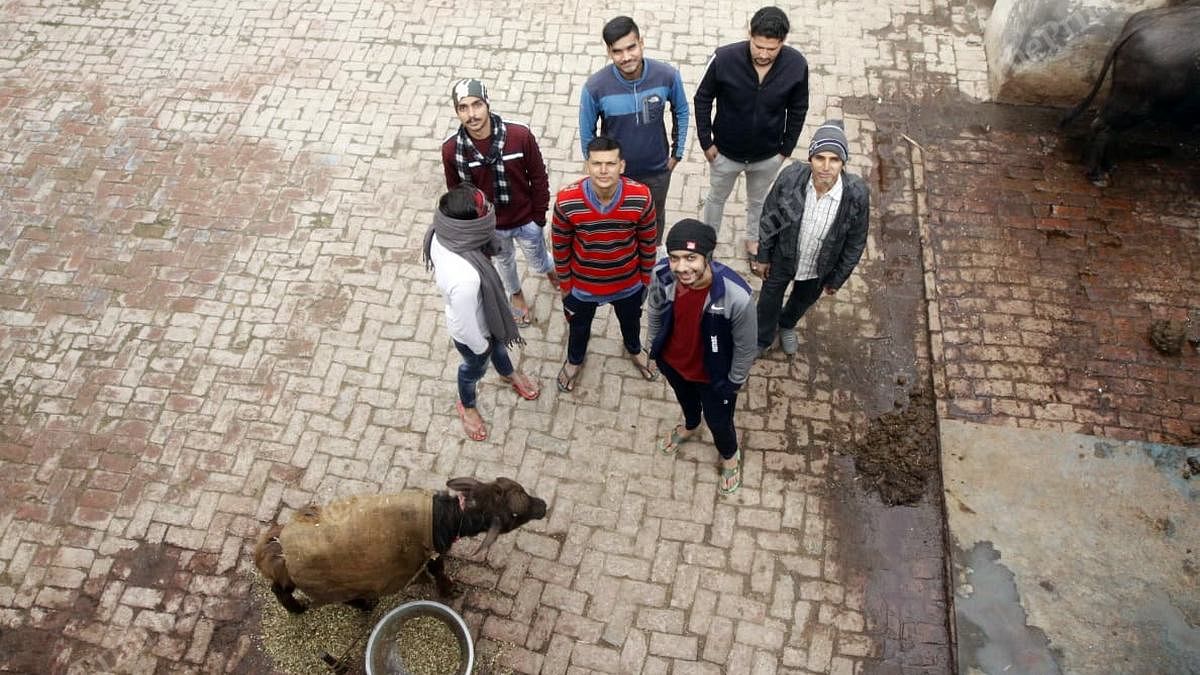
Tyagi, who belongs to a reasonably well-off family that owns 25 bighas of land (bigha is a traditional measure of area roughly equivalent to about 16,000 square feet, according to officials), speaks of a broken promise of education.
“I studied so much… I was one of the role models in the village to go to Noida and study and work there,” he said. “But when I started working, I never got a job that paid me more than Rs 15,000 a month. Why would an MBA work for that much money? Where is the value of an MBA?
“Now, behind my back, everyone says ‘what did he achieve by doing all this…He is just rearing cattle like the rest of us now’,” Tyagi says.
Tyagi represents another major problem facing India — how to capitalise on India’s demographic dividend.
More than two-thirds of India’s population is in the working age group of 15-64 years. However, India has struggled to improve the education parameters — an important requirement for capitalising on the demographic dividend.
The National Sample Survey Organisation report on ‘Household Social Consumption: Education’ between July 2017 and June 2018 said the proportion of students that never stepped into the country’s education system has risen.
While the ratio of boys who never went to school rose to 11 per cent in 2017-18 from 7 per cent in 2014, for girls, the number increased to 17 per cent from 12 per cent in the same period.
Care Ratings, in a note on 27 November, said this data indicates ineffective/declining efforts by the government to enrol an individual in school, and to keep him/her enrolled in the system as he/she progresses through various grades.
Himanshu Sharma, another MBA from Jatpura village in Ghaziabad district, who graduated in 2018 but never found a job, now teaches tuition classes. “We are young people, we do want some basic things like a smartphone, data, etc. I have to do something, so I take tuitions in the village now,” he says.
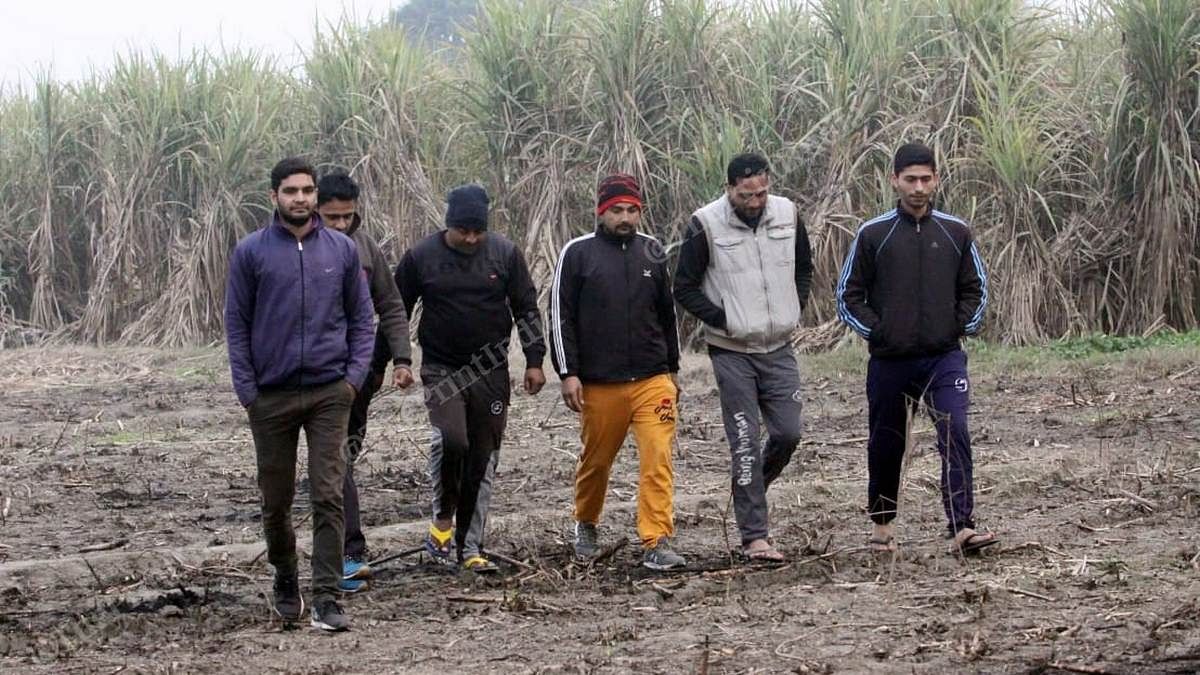
Young men say that while mobile data was readily affordable until a year or two ago, now they use their friends’ hotspots to access the internet. “Phone and internet is basic, what do we do if we can’t even afford that?” Sharma says.
These are not isolated cases. According to the Centre for Monitoring Indian Economy (CMIE), unemployment almost doubled from 5.91 per cent in 2018 to 9.95 per cent in 2019 in UP — the state which is home to 16 per cent of the country’s population.
But Chauhan, Tyagi and Sharma have families they could fall back on, the means to buy and rear cattle, and the wherewithal to live a decent, if not fulfilling, life. For those without family land, unemployment means more than a life of humiliation and frustration. It is a daily struggle.
Also read: One of India’s largest employment generators likely to create 1.6 million fewer jobs
Life under debt
Bharat Bhushan, 50, worked as a maintenance worker in a company situated close to the Delhi-Ghaziabad border. A salary of Rs 22,000 a month meant that Bhushan could live with his family of four comfortably. But with a slowdown in the economy, the company started laying off its employees, starting in late 2017, before shutting down in 2018.
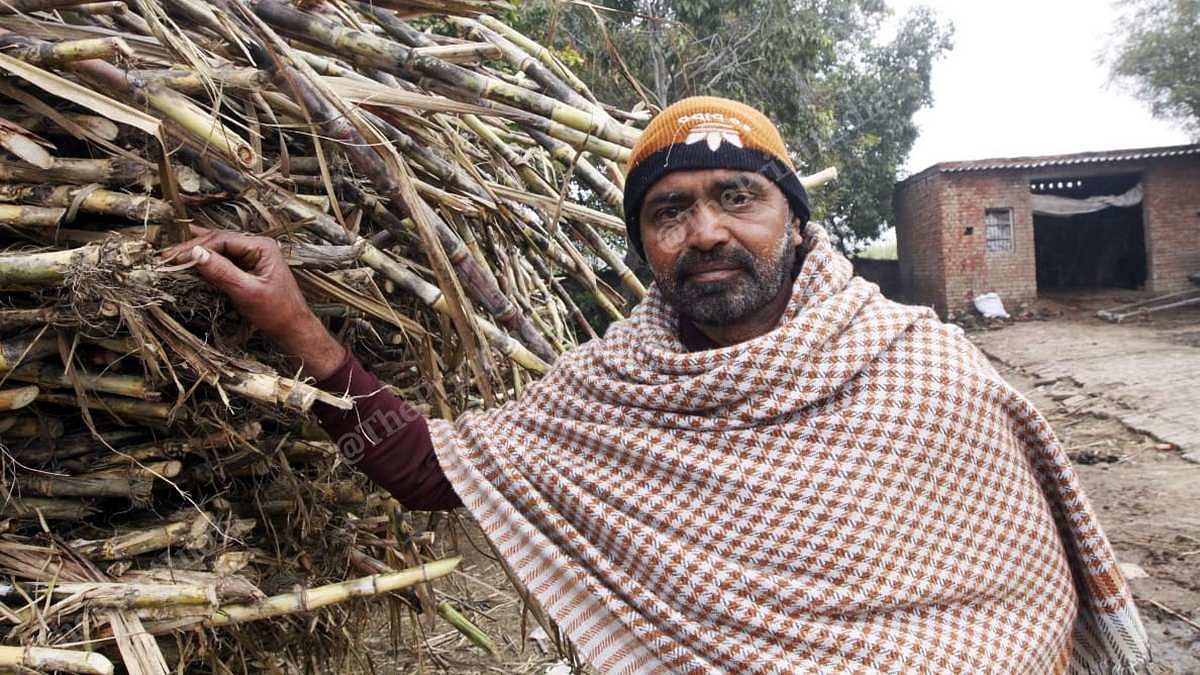
Bhushan was forced to wind up the life he had made for himself and his family for almost 30 years, and return to his village, where his parents still own two to three bigha land.
“I live hand-to-mouth now. I have always had a decent salary, but now I have to say no to my children for everything,” he says. “I have taken a loan from villagers for their school fees… I have taken loans even for daily expenses.”
Across villages, people say that over 80 per cent of villagers have taken loans from banks for basic agricultural activity, buying cattle, marrying their children, and even going about daily life.
For Bhushan and many others like him, the economic slowdown has affected their families in the most basic ways — they have less food to eat, less nutrition, and purchasing new clothes is not something that they think about anymore. Selling their family land is an increasingly imminent possibility.
“There are nights we eat roti and chutney for dinner… Every day is a struggle these days,” Bhushan says.
The leaked consumer expenditure data compiled by the National Statistical Office (NSO) showed that consumer expenditure in India declined by 3.7 per cent — each person spent only Rs 1,446 per month in 2017-18, compared to Rs 1,501 in 2011-12. In rural areas, the decline was steeper, at 8.8 per cent.
On average, the monthly expenditure on food in rural areas declined by 10 per cent to Rs 580 from Rs 643.
Also read: Personal loan defaults become a worry after Indian unemployment rises to 45-year high
‘Kalesh’ in families
Economic hardships are affecting family life as well. With men not being able to bring back enough money to the household, several women speak of “kalesh” (or klesh, a Sanskrit word that has come to mean agitation) at home.
“My husband drives a car in Punjab,” says 34-year old Suman. “Over the last one year, he has been sending lesser money back home… Earlier, he would send about Rs 10,000-12,000 a month, now he manages to send just Rs 6,000-7,000.”
But unlike her husband, Suman is answerable to her two school-going daughters. “They ask me for things, and I have to say no… If I tell him that, he snaps at me,” she says. “Kalesh toh hota hi hai jab halaat itne bure hon (There will be agitation when things are so bad).”
Like many women in Paraspura village, Suman started designing dupattas as part of a small women-driven venture started in a village adjacent to hers. But since each dupatta would take hours of her time, and she would be paid just Rs 8 per dupatta, Suman soon gave up.
Rajshree, a 55-year old in the same village, said more women have to work outside the house to supplement their husbands’ income. “When the husband is not able to bring money, we have to pitch in,” she says.

Also read: Plumber, mason, mechanic — new roles for rural women under Modi govt’s Jal Jeevan Mission
Where employment means earning the bare minimum
Several men and women from Paraspura have found employment in a local handicrafts factory on the Moradabad-Rampur border.
While the three-year-old factory has grown considerably in size and employs up to 500 people from the village, villagers say most people who work there simply have no option.
“They have employed a number of graduates and post-graduates, and pay them nothing more than Rs 5,000-6,000 a month,” says Chauhan. “But some people are so desperate for money, they work for 10-12 hours for that much money.
“This tells you that on one hand, people don’t have jobs, and on the other, even those who do are being exploited because they have no other way to feed themselves and their families,” he says. “When there is no money to light the chulha (cooking fire) in the house, people will do anything.”
Villagers say the company pays almost the same amount of money to labourers and graduates, but with no land or jobs elsewhere, graduates have no option.
Where does the buck stop?
A.K. Verma, director of the Centre for the Study of Society and Politics in Kanpur, says people need to stop expecting the return of the old model where the government is a large employer of people, and find non-traditional and entrepreneurial ways to earn a livelihood.
“We are moving towards a market economy. The government is also turning more and more professional; it cannot artificially hire people who don’t fit the bill,” he said. “One has to realise that people don’t have the requisite technical skills.”
Traditional engineering, BA, MA and MBA degrees have become redundant, Varma argues. “There has to be an overhaul in the education system, otherwise the problem of unemployment will only grow, and the government would not be in a position to do anything,” he says,
But for people who feel betrayed and defeated both by the state and the market as they find themselves in economic trouble, ideas of people like Verma have little value.
“All I know is that I put my heart and soul in my MBA because that’s what we were told is the way to a respectable life in modern times. And now I am rearing cattle back in the village,” said Tyagi. “I don’t know whose fault it is, but this is not what anyone who studies signs up for.”
For Bhushan, who is staring at a dark future for his family, the buck stops squarely with the government.
“I don’t think there has been a more incompetent government in this country ever… They talk about youth and its potential, but have killed all jobs in the market and the government,” he says. “All they want people to focus on is Hindutva, and when that fails, they show people Pakistan… And people happily follow them.”
However, across western UP, one meets several Hindus who say they will continue to vote for the BJP no matter what difficulties they encounter, or their economic condition. Prime Minister Modi’s image as a larger-than-life deshbhakt (patriot) whose heart is in the right place, coupled with the perception that for the first time in Indian history, a government is restoring Hindu pride, is enough to assure the BJP votes of even those who trapped in a severe financial crisis.
“Anger is on one side, but the vote for Modi is different,” says 70-year-old Sevak Ram of Banaira village — a sentiment that reverberates across villages.
(With inputs from Remya Nair)
Also read: Why Indians aren’t protesting against rising unemployment



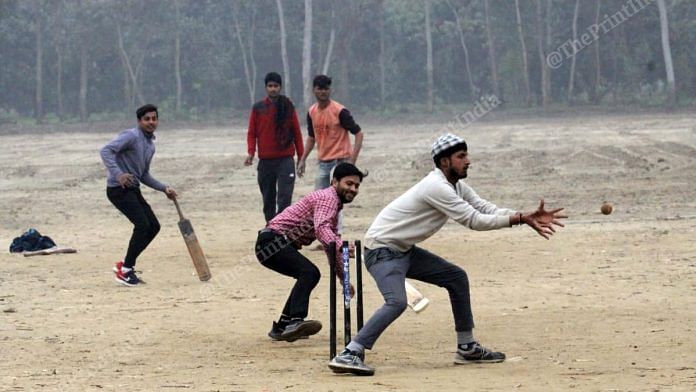



The problem in India is degree == job guarantee. There was never learning, or education. It is always job for marriage and then children. This social model is a complete failure. I hope someone addresses this soon. We are already have a demographic liability, which was pitched as an “asset” for covering up for our failed growth model, and soon it will be demographic NPA. Growth without development is meaningless.
Thank you for this article, and I can feel the sullen voices speaking here. I too, having a good education and hailing from a metropolitan city of India, am jobless for the past two years. I am an MCA degree holder and having worked for multiple International companies was forced to leave as my role got outsourced. Since then I really haven’t been able to crack another interview as I feel the competition is either growing stiffer or there is not much scope. People are willing to work twelve hours a day for less pay is evident. We do not even have official data of how bad the unemployment crisis is. I regret being a part of India. It’s all show and big words. In reality, the situation is grim.
Still they would vote for the same party.
Not calling you as biased but everyone was upper caste, I think this is how balance is maintained today showing everyone is in the loop.
Condition of BIMARU states a concern
Playing cricket is the best thing to do for educated unemployed UP man. The alternatives include hanging, raping, murdering, rioting…. all UP specials. Least harmful activity is best for the country.